Are you spending too much of your money? Interested to know what Malaysians spend the most on?
Every month, you spend your money mainly to buy necessary items for you and your family. These could be food, clothes, home rental, or repaying bank loans.
Data from the Department of Statistics Malaysia showed that an average Malaysian household spends about RM4,534 per month in 2019.
Are you interested to know what Malaysians spend the most on and compare it to your spending? Read more below on the top 7 items that Malaysians spend on.
Contents
Our Data Sources
We will be utilising data obtained from the Household Expenditure Survey 2019 published by the Department of Statistics (DOSM). DOSM surveys Malaysian households about once every 2 to 3 years with the previous surveys done in 2016, 2014, 2010, 2005, 1999, and 1994.
DOSM publishes a detailed breakdown of what households spend on which includes:
- Food and Beverages
- Alcoholic Beverages and Tobacco
- Clothing and Footwear
- Housing, Water, Electricity, Gas and Other Fuels
- Healthcare
- Transportation
- Communication
- Recreation Services and Culture
- Education
- Restaurants and Hotels
- Miscellaneous Goods and Services
#1: Housing, Water, Electricity, Gas and Other Fuels
In 2019, Malaysians spend RM1,068 per month on housing, water, electricity, gas, and other fuels, which comes up to 23.6% of the total spending of an average household.
This large bucket comes as no surprise since expenses related to housing in Malaysia are notorious for being high especially for loan repayments.
Houses remain unaffordable to many Malaysians, as house prices remain very high compared to what people are earning. However, water in Malaysia is one of the cheapest in the world, with electricity also remaining one of the most affordable. Being a big exporter of oil and gas, gas prices in Malaysia is considered low among other countries in the region.
Spending on housing, water, electricity, gas, and other fuels more than doubled in the past decade, growing from RM495 per month in 2010 to RM1,086 in 2019. However, most of the increase in spending came from the years of 2010 to 2014, where it grew 14.6% every year. This coincided with the highest growth of house prices during that time.
#2: Food and Beverages
Coming in at second is food and beverages. Malaysian households spend around RM783 per month on it in 2019, encompassing 17.3% of total spending. Take note of all the meat, rice and coffee you are eating and drinking, because they make up the second-highest spending for you.
Interestingly enough, Malaysians actually spend the most on fish and seafood at about RM169 per month consisting of 3.7% of your total spending. Meat comes in second at RM109 per month or 2.4%, followed by bread and other cereals at RM108 per month. Surprisingly, rice came in at only RM42 per month or 0.9%.
Food and Beverages spending did not grow as strongly as housing-related expenses, from RM444 per month in 2010 to RM783 per month in 2019. It needs to be noted here that Food and Beverages does not include your spending for eating out.
#3: Transportation
Here come the cars and trains. Transportation expenses come in third with Malaysians spending RM611 per month on it or 13.5% of total spending. Outside of the major cities of Klang Valley, Penang, and Johor, public transportation is still not that developed so cars are still the major mode of transportation for Malaysians.
It is no secret that cars are expensive in Malaysia. Kuala Lumpur was ranked as the 5th most expensive city to buy a mid-sized car in 2019 compared against 54 cities globally. However, Kuala Lumpur also has the fourth cheapest petrol price to counteract high car prices. This is due to the high taxes incurred on imported cars which are more popular among the M40 and T20 household groups due to their higher qualities compared to local cars.
Spending per month on transportation nearly doubled from RM327 in 2010 to RM611 in 2019. Most of the growth in the spending actually came from the period of 2010 to 2014, where it grew 12.5% every year. Bear in mind that the Malaysian economy was actually growing quite strongly during this time, hence increasing the appetite of Malaysians for more cars.
#4: Eating Out at Restaurants
While eating out at restaurants is rarer these days due to the pandemic, it actually comes in quite significantly at fourth place. Malaysian households spend about RM604 per month eating out in 2019, encompassing 13.3% of total spending.
The late-night mamak sessions and orders from McDonald’s do eventually add up to your expenses. Malaysians spend much more on food where it comes in at RM508 per month compared to beverages at RM96 per month. Note that beverages here do not include alcoholic drinks.
Interestingly enough, the data on eating out at restaurants seem to indicate that more and more people are opting to eat out instead rather than cooking at home. Spending on eating out almost tripled from RM233 per month in 2010 to RM604 per month in 2019.
This could be due to the fact that more and more women are joining the workforce with the female labour participation rate increasing from 43.1% in 2008 to 51.3% in 2019. Hence, Malaysians are more likely to opt to eat out after a busy day at work.
#5: Recreation Services and Culture
Love badminton or tennis? How about going to the gym or a play? The expense for recreation services and culture comes in at fifth with Malaysians spending around RM229 per month or 5.1% of total spending.
As working life gets busier for Malaysians, going to the gym is increasingly a norm for many working adults. After all, gyms also offer services in helping you lose weight, build muscles, or try out that aerial yoga that you have been eyeing all along. Outside of your family and work colleagues, sports has also served as an avenue for you to build more connections and relationships with other people.
Due to the trends above, spending per month on it has more than doubled from RM101 in 2010 to RM229 in 2019. Spending on this is expected to explode when the pandemic is over, considering that we have all been stuck at home mostly for close to 2 years now.
#6: Communication (Mobile and Internet)
With the pandemic now, it has become more crucial to possess good mobile phones and data, and internet connections. Spending on communication comes in at sixth place with Malaysians spending RM229 per month in 2019, or 5.0% of total spending.
With the proliferation of mobile phones and data in the early 2010s, Malaysians are increasingly investing in higher-end phones to get the best functionalities to improve the way they do things. Now, almost everything can more or less be done on the mobile phone. Better internet connection speed at home has also become a necessity as more Malaysians utilize more services on the internet.
Hence, spending per month on communication has doubled from RM124 in 2010 to RM229 in 2019. This spending is expected to increase in the future as mobile phones get more sophisticated and expensive and internet connection speed gets quicker with the future 5G rollout.
#7: Furnishings, Household Equipment, and Routine Maintenance
Want to buy a new table? Your light bulb just went out? Spending on furnishings, household equipment, and routine maintenance comes in at seventh, where Malaysian households spend RM200 per month on it. This comes up to about 4.4% of the total household spending.
According to the United Nations definition which the Department of Statistics follows, this includes things like:
- Furniture, furnishings, loose carpets
- Household textiles
- Household appliances
- Glassware, tableware, and household utensils
- Tools and equipment for house and garden
- Routine household maintenance
Spending on these things also more than doubled from RM89 per month in 2010 to RM200 per month in 2019.
Conclusion
It is important to take note of what you are spending the most on in your household expenses to plan your financials better. You need to be more aware of your spending on housing, food and beverages, and transportation as they encompass more than half of your spending. Engage a certified financial planner through MyPF today to get a better grip of your finances and consider using these 5 expense tracking apps.
Let us know in the comments below what you spend the most on!

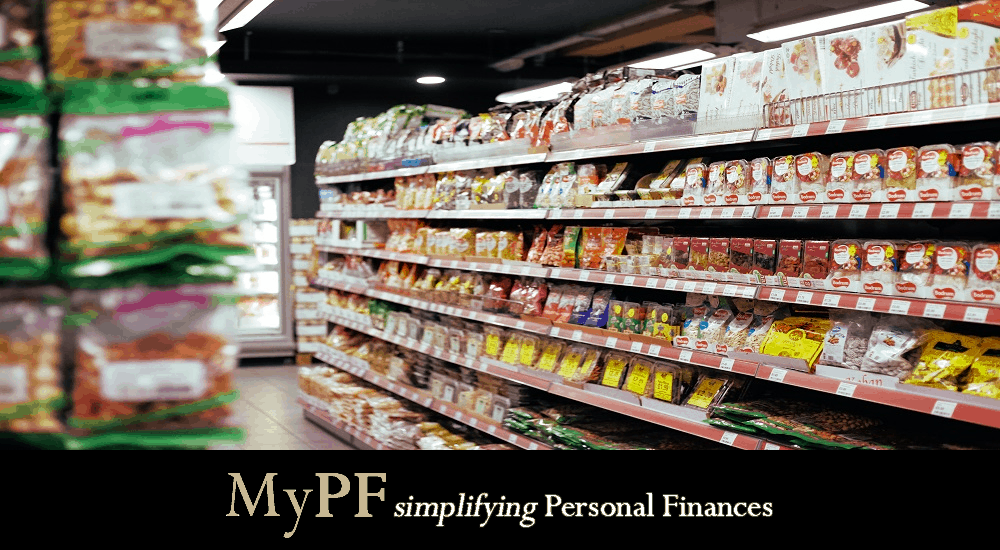
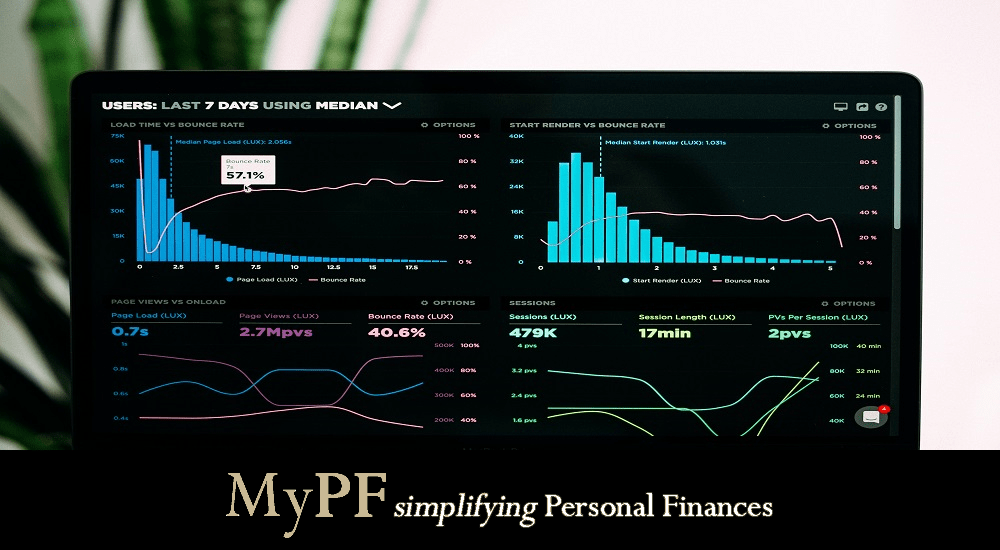
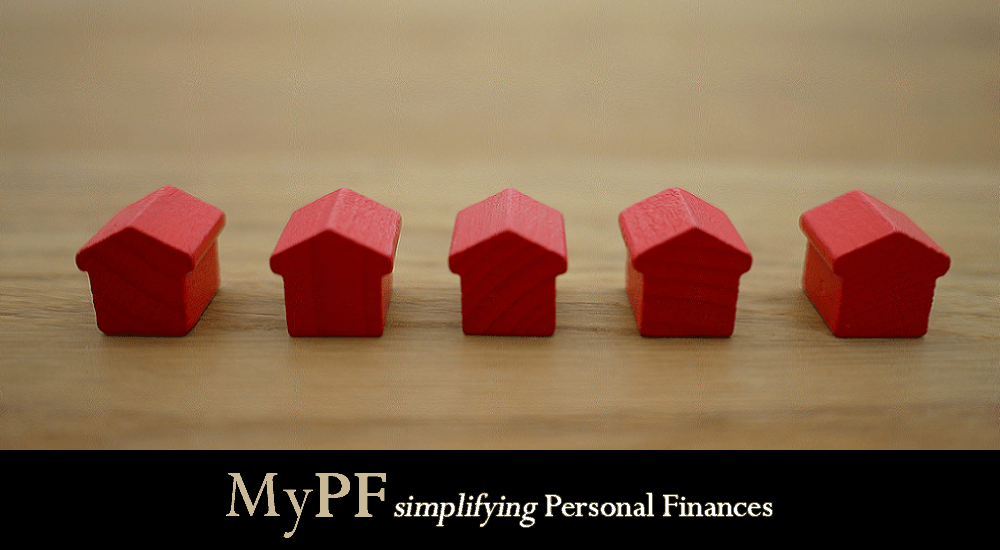
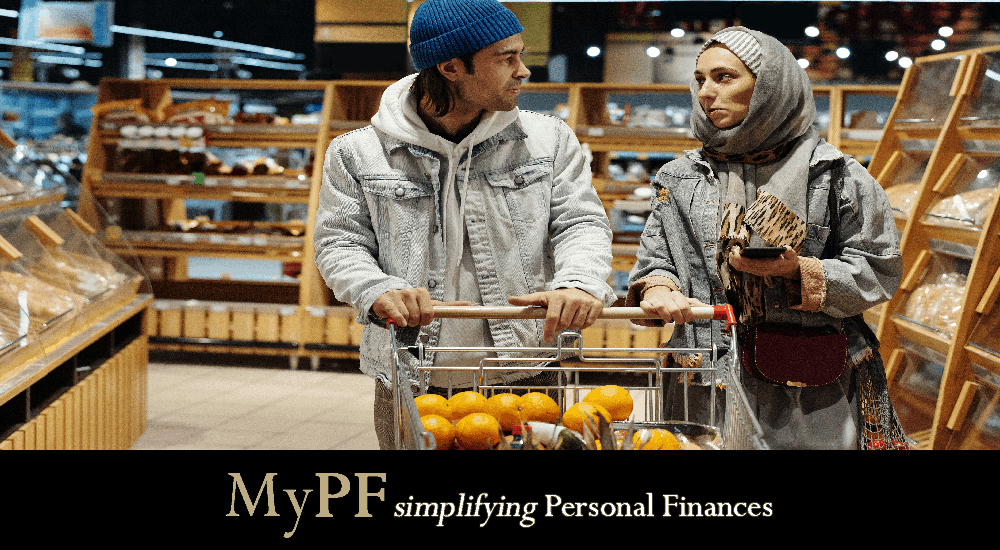

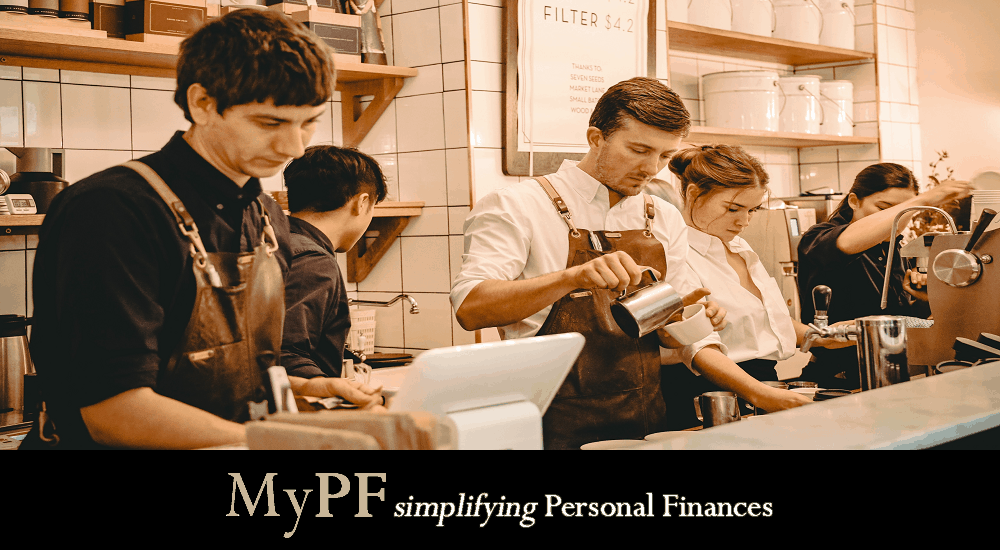
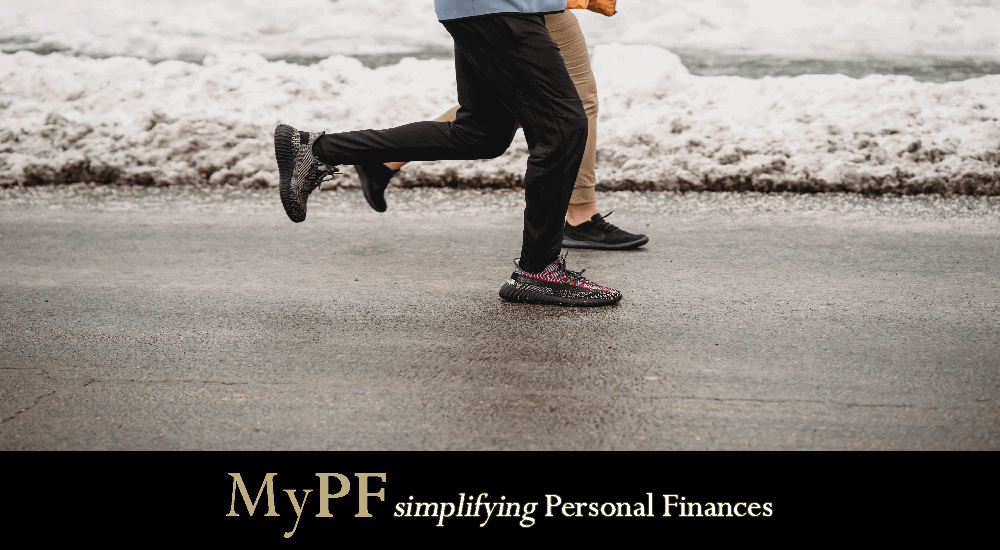
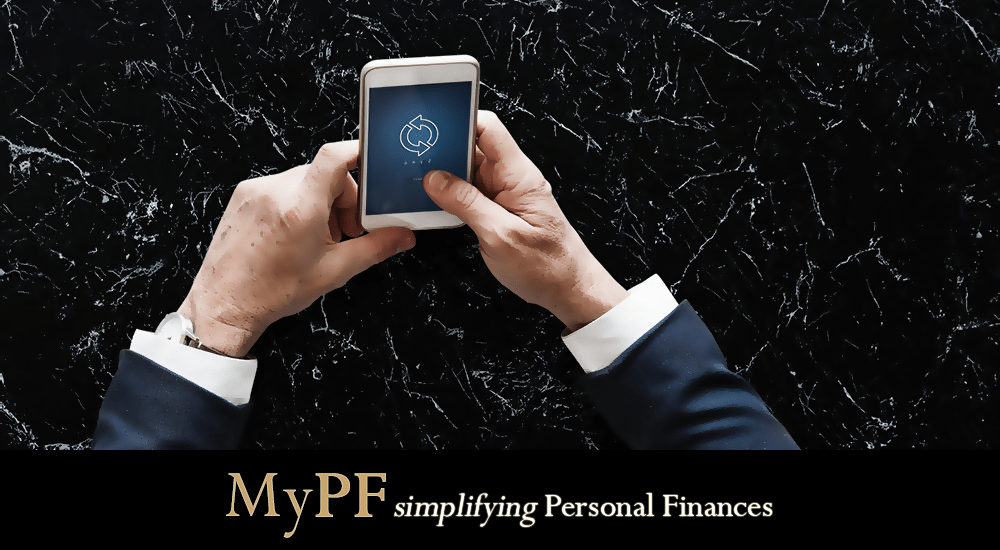

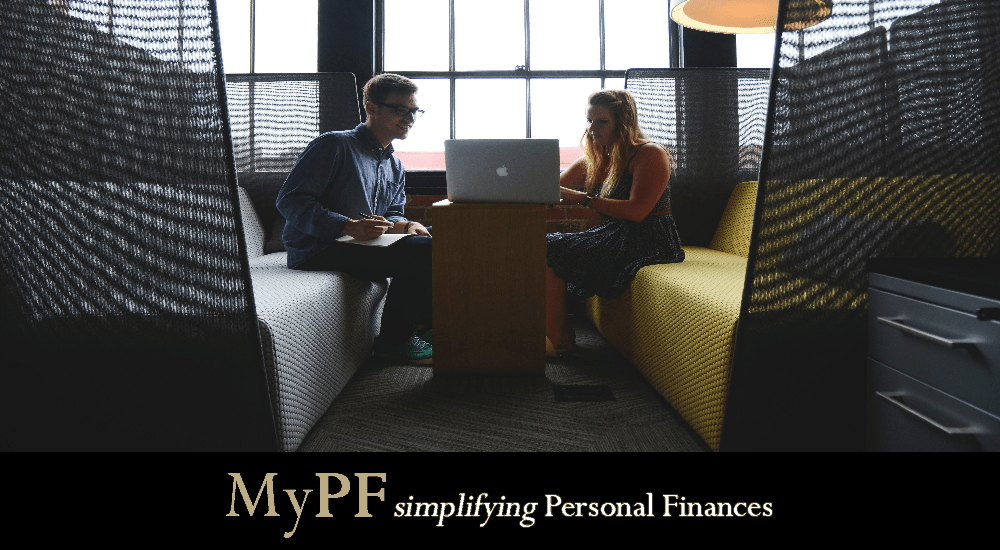

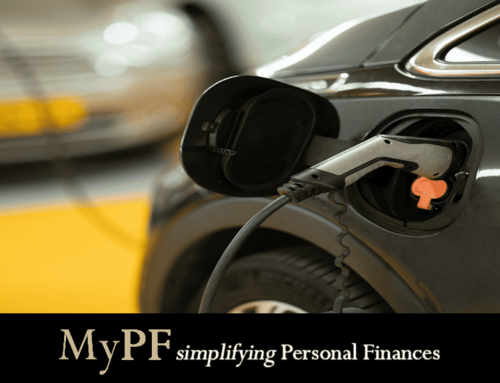

Leave A Comment